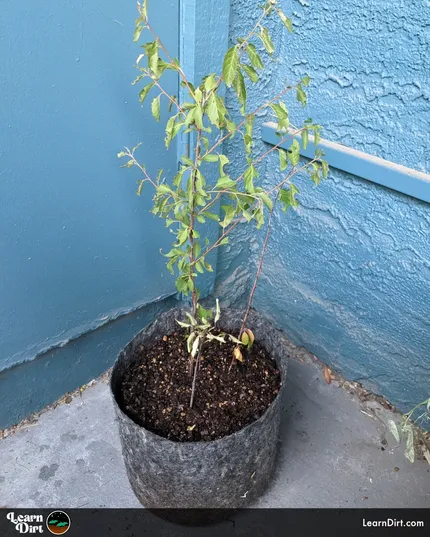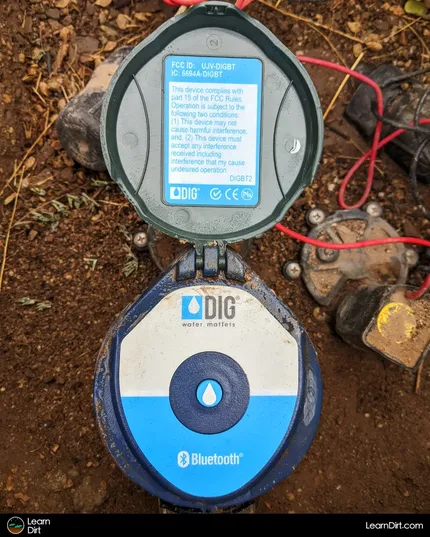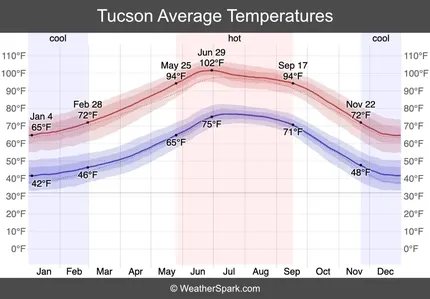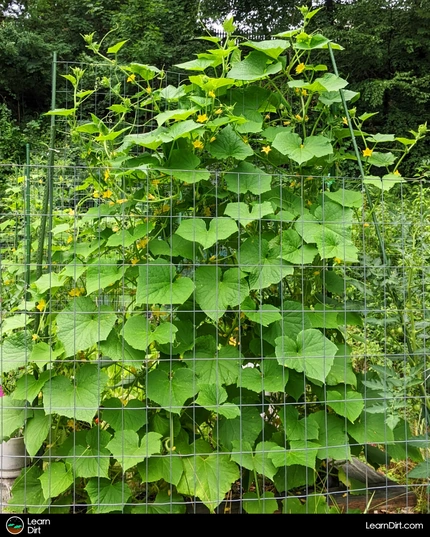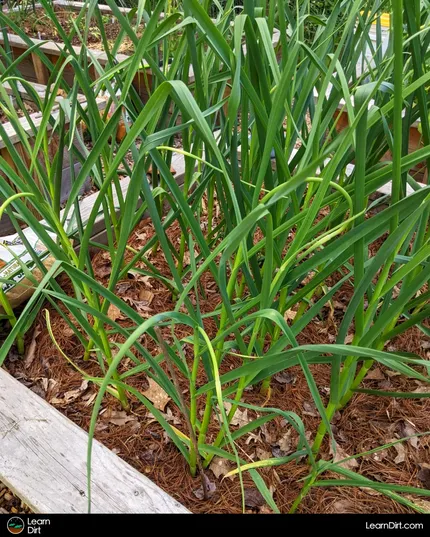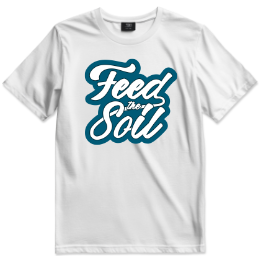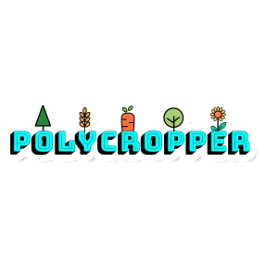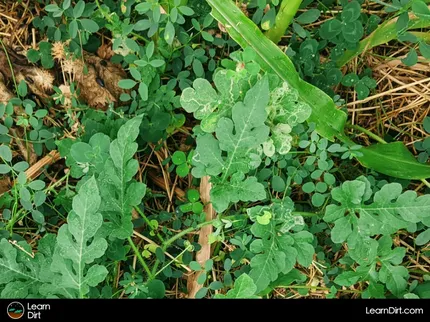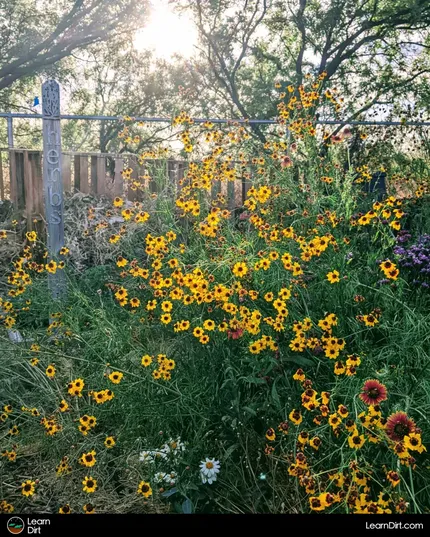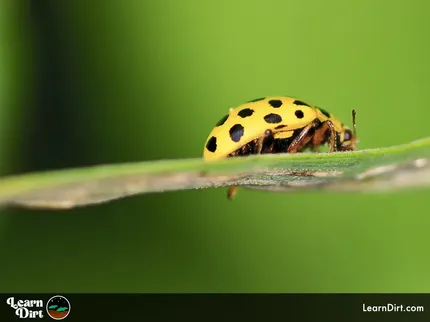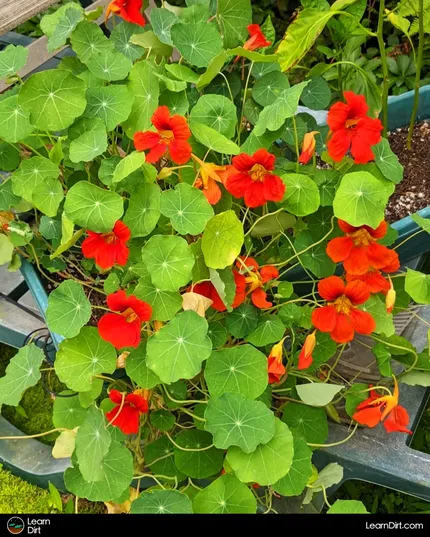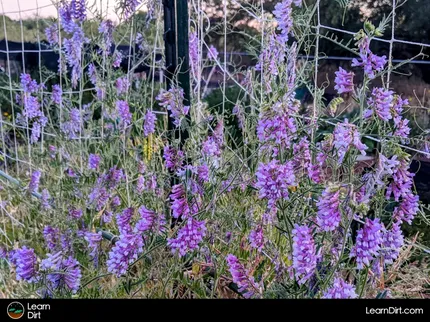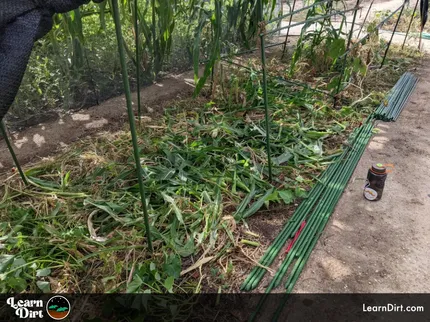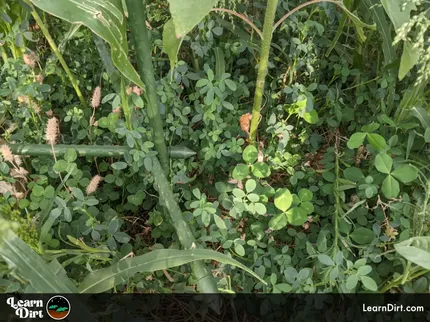Table of Contents
- Self-Pollination vs. Cross-Pollination
- Harvesting Seeds From the Garden
- Storing Saved Seeds
- Testing Saved Seed Germination Rates
* Our articles never contain AI-generated slop *
Seed-saving opens up a whole new realm of self-reliance and reduction of inputs in gardening and farming.
Coupled with a dialed-in germination and seedling system for production, seed-saving can reduce garden costs and inputs incredibly.
Simultaneously, it can give you seeds which are better-adapted to your specific region and even your microclimate through generations of harvesting from the healthiest plants.
Disclaimer: This post may contain affiliate links. Refer to the privacy policy for more information.

Once you learn soil-building techniques and practice water conservation, seeds & starts are one of the remaining large costs which gardeners and farmer can strive to eliminate through seed-saving.
Before we jump into how to save garden seeds, let's talk about the common ways in which plants are pollinated and how that affects seeds and seed-saving efforts...
Self-Pollination vs. Cross-Pollination
Self-pollination is an adaptation which allows plants to reproduce even without the presence of more plants of their species. It is a form of asexual reproduction which results in less genetic variation than sexual reproduction.
For this reason, some plants only self-pollinate when the opportunity for cross-pollination doesn't present itself.
Other plants rarely cross-pollinate, and rely mainly on self-pollination instead.
For the purposes of seed-saving, it's important to be cognizant of which plants self-pollinate and which do not. This is because plants which cross-pollinate are often likely to intermix with other species in the same family.
Join The Grower's Community
Your space to connect, learn, and belong 🌱
Check It Out!
As an example, many brassicas (plants in the brassicaceae family) will readily cross-pollinate and hybridize with one another. Your broccoli would mix with your bok choy, your kale with your collards, and your radishes could cross with your turnips. There's also increased likelihood of your cultivars within one species or variety crossing with one another in cross-pollinating species. Your Dazzling Blue kale may cross with your Dwarf Blue Curled kale, for instance.
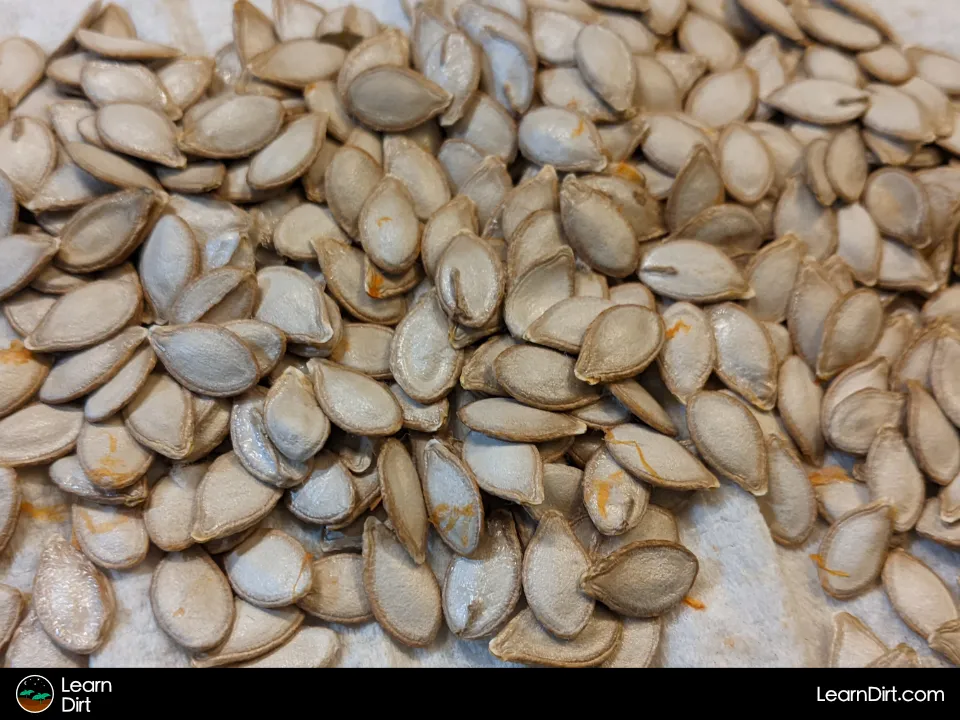
While there's nothing wrong with cross-pollinated plants, hybrids, and letting nature take the wheel - you're not going to have true-to-seed stock for saving if your plants cross, and you may get weird hybrids. This is worth being aware of, especially if you plan to give your seeds away or sell them, or if you plan to breed your own species.
Which Plants Self-Pollinate?
Some plants self-pollinate and are therefore much less likely to accidentally cross with another species or variety.
Plants which self-pollinate rarely cross, so there's often no need for isolating varieties or for covering flowers to prevent pollination.
Rather, seeds collected from self-pollinating plants gives you good confidence that they'll produce the same as their parents.
Here's an incomplete list of some plants which self-pollinate:
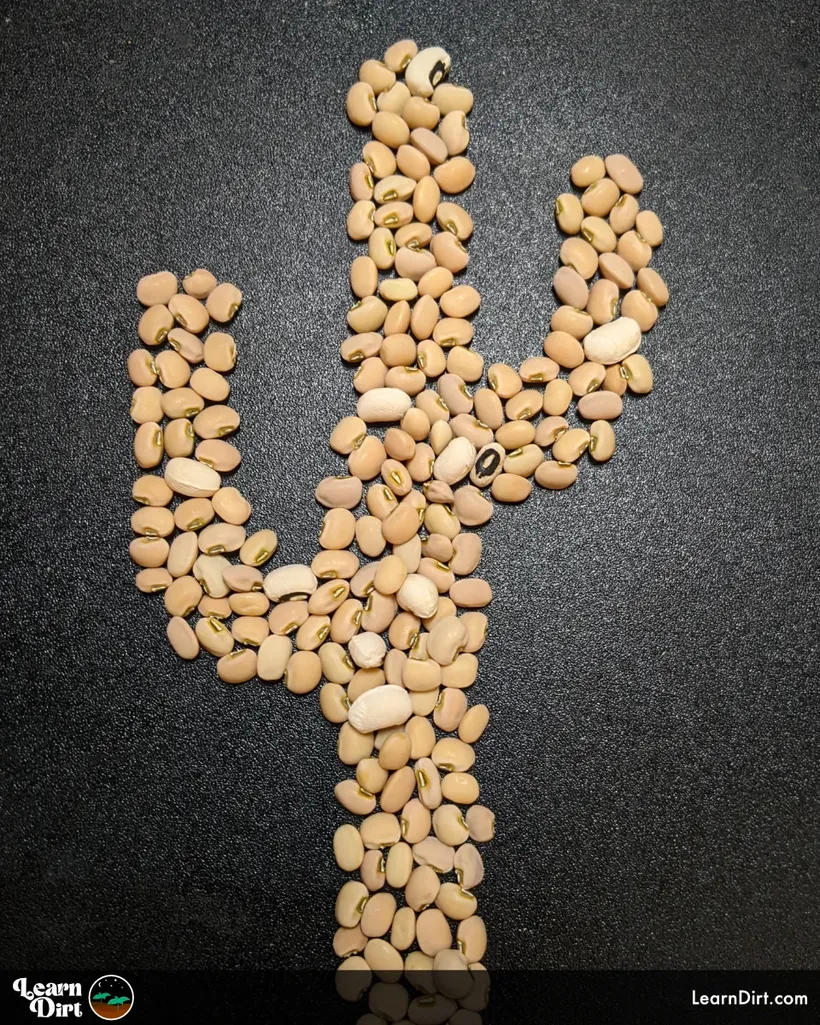
Have some more suggestions for plants which self-pollinate? I'd love to hear them over on the forum.
Harvesting Seeds From the Garden
Seed Harvesting Techniques
Shaking
Many plant species have seeds that can be easily shooketh, like this lettuce:
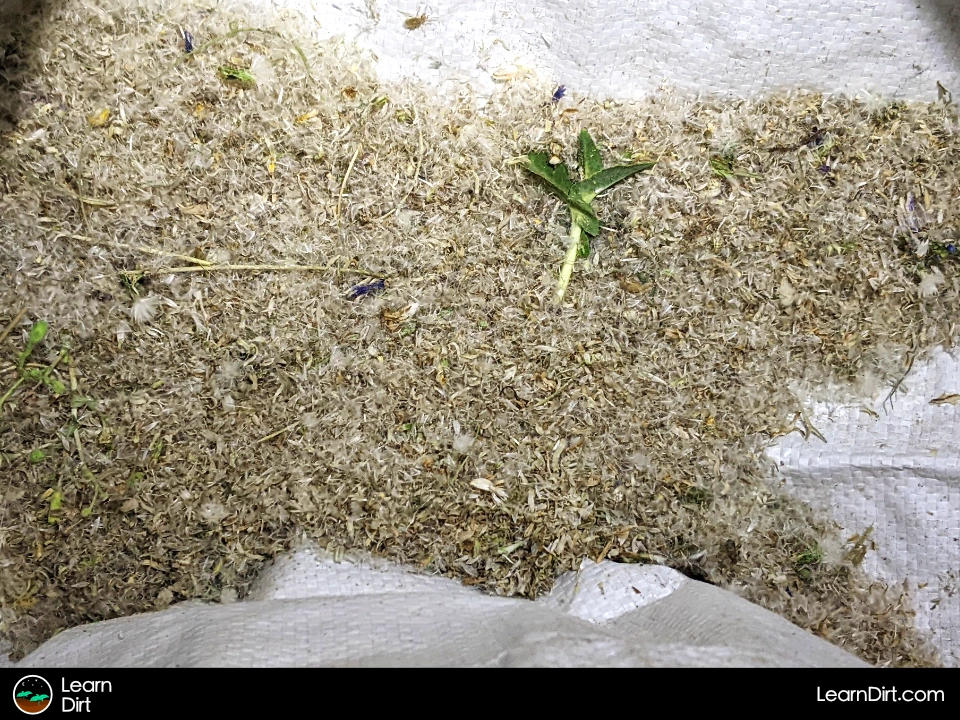
What you see here is the result - a mixture of seeds and fluff which can then be separated
Storing Saved Seeds
When you're ready to store the seeds you've saved, jump on over to our guide on Storing Saved Seeds to learn about seed storage.
Testing Saved Seed Germination Rates
Check out our article on Seed Germination Rate Testing.
That's all for now, thanks for reading!
If you have any questions, comments, or would like to connect with fellow gardeners, head on over to the forum and post there.

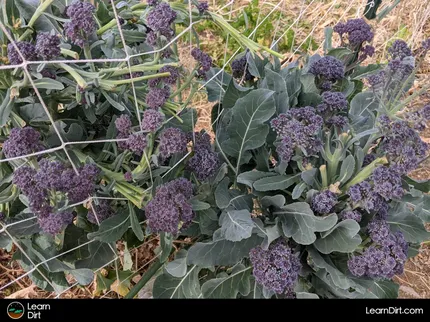
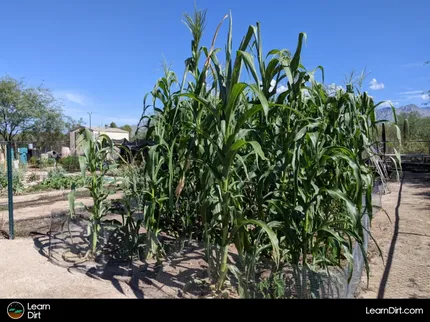
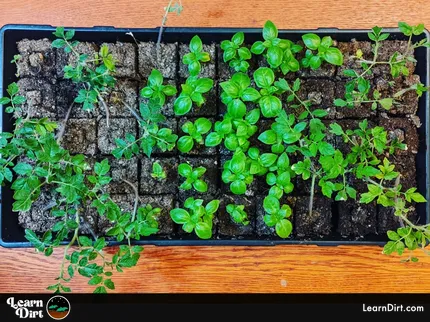
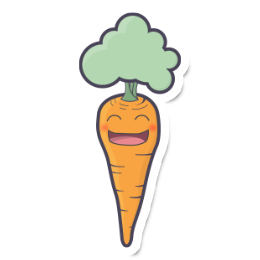
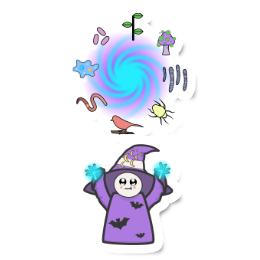
![Black Dirt Live Again [Purple]](/media/product_images/black-dirt-live-again-[purple]_sticker_260x260.png)


